In an era where every moment — even the most harrowing — can go viral, a new trend on TikTok has drawn global attention and ignited fierce backlash. The trend features Israeli TikTokers mimicking an Iranian news anchor as she ducks live on air during an airstrike in Tehran, turning a moment of intense fear into fodder for dark humor. While some view it as satirical relief, many see it as a crude distortion of reality, insensitive to the trauma experienced by civilians caught in the crossfire.
This phenomenon is more than just another social media fad — it’s a snapshot of how online culture absorbs and amplifies conflict, sometimes glossing over the human cost. In this extensive blog post, we’ll explore the trend’s origin, the reasons behind its meteoric rise, the global reactions it’s prompted, and what it means for online community dynamics and digital empathy.
1. Trend Origins: A Frame That Goes Viral
It all began with a brief clip showing an Iranian TV anchor in live broadcast, ducking abruptly after the sounds of an explosion echoed through the newsroom. In conflict zones, such scenes are tragically commonplace — heartbreaking moments captured in real-time. On TikTok, however, this clip has morphed into something entirely different: a meme template for dramatic reenactments, with users exaggerating the duck, adding sound effects, and even dancing to emphasize the original movement.
What makes it so striking is that these videos are not random edits; they are intentionally designed to mock the anchor’s reaction, framing her duck as something ridiculous rather than a reflex driven by fear and danger. This mockery of a human’s instinct to survive is what has turned the trend into a lightning rod for debate.
2. Why It Takes Off: Digital Coping Mechanisms
TikTok is no stranger to turning serious events into viral humor, but this particular trend stands out because it involves a real person in a live conflict zone. Why do users gravitate toward mocking such a moment?
For many, it's about digital relief in times of tension. The world is watching a rising wave of violence in the Middle East, and the collective anxiety is overwhelming. Dark humor acts as a pressure valve — a way to grapple with horror and uncertainty. In predominantly Israeli circles, where concern is deeply personal, turning the anchor’s reaction into a meme gives a sense of control over fear, even if it’s through shock humor.
At the same time, TikTok’s algorithm amplifies these videos like wildfire. A few laughs, some dramatic reenactment, and suddenly it’s on millions of feeds. The viral engine behind viral trends doesn’t discriminate based on subject sensitivity. What gets reactions, gets pushed.
3. Backlash and Global Outrage
As expected, the trend hasn’t gone unchallenged. Around the world, users have taken to commenting: this isn’t comedy — it's cruelty. Critics point out that the anchor’s reflex is a pure expression of human instinct, and mocking it turns a reality of conflict into a depersonalized punchline.
Commentators on X (formerly Twitter) have described the trend as “tone‑deaf” and “blatantly exploitative.” Some Iranian influencers have responded with videos asking TikTokers to respect the human dignity of journalism professionals working under fire.
This isn’t just online ire. Media organizations, journalists, and analytical platforms have weighed in, questioning the ethics of using viral trends that mock victims of war. They highlight how quickly empathy is replaced by spectacle in digital circles, and how community norms can falter under the pressure to produce sharable content.
4. The Role of Platform Design
The TikTok interface — short videos, autoplay, trending sounds — promotes fast, reflexive content creation. There’s no pause, no paragraph to rethink tone, and often no one reminding creators: there’s a real person at the center.
TikTok's culture rewards the quick and outrageous. A meme that gets attention wins. So it’s no surprise that what started as a clip of a startled anchor became fodder for reenactments and, eventually, mocking skits.
Moreover, TikTok's moderation policies are reactive, not proactive. Many of these videos might violate community guidelines — harassment, bullying, or graphic imagery — but unless flagged, they remain visible. That lag allows trends to escalate before backlash emerges.
5. A Reflection of Community Ethics
What this trend exposes is a tension in online spaces: the balance between humor and harm, satire and insensitivity.
In principle, online communities can be compassionate, supportive, well-moderated. But when viral moments strike, empathy can lag behind entertainment. Viewers laugh, creators replicate, and algorithms boost the content — until someone steps in to pause the spectacle.
This tension is a global challenge. A trend started in one country can trigger debates thousands of miles away — especially when it involves conflict and civilian safety. The real test for platforms like TikTok, and users in general, is to decide: do we enforce a culture of contextual respect and shared dignity, or do we allow tragedy to become a punchline?
6. What TikTok’s Response Has Been
So far, TikTok has issued a statement saying it does not tolerate content that mocks victims or those in crisis. Some clips have been removed with notices citing violation of community guidelines around harassment. Yet many remain, suggesting moderation is inconsistent and brandishing an uncomfortable truth: removal after virality often comes too late.
There have also been quiet moves to de‑amplify some videos by changing recommendation algorithms. However, creators still weave the trend into their content, sharing their takes and reactions, which means the trend is resilient even after official crackdowns.
7. Broader Implications on Digital Empathy
At its core, the TikTok trend is a litmus test for how online communities view victims of trauma. When an anchor visibly flinches under fire and her reaction gets memed, who’s allowed to laugh, and what lines are crossed?
In digital sociology, this phenomenon underscores a broader crisis: online empathy is fragile, and laughter can overpower compassion when events are far from home or seen through a screen.
The psychological impact extends to journalists in warzones who now brace not only for bombs but viral clips. Suddenly, they’re playing both the role of relayers and unwilling subjects. The shift is profound — for them and for the viewers who assume never to be under fire.
8. Voices That Matter: What People Are Saying
8.1 Israeli Creators
Many defend the trend as a form of satirical resilience, arguing it’s unfair to call it insensitive. Some creators say it’s a “virus to anxiety,” providing a way to cope visually with panic. They insist no malice is intended — only a reflexive mimic meant to heal through humor.
8.2 Iranian Observers
Conversely, Iranian TikTokers and diaspora communities see the trend as utter disrespect. They describe it as a form of humiliation that erases the personal trauma behind that split-second duck.
8.3 Digital Ethics Experts
Ethicists caution that trends like this can dilute moral boundaries. They warn that social media often privileges reaction over reflection, and said: “We don’t yet know if collective laughter in moments like this leads to desensitization — but the risk is real.”
Some propose that platforms should incorporate ethics-based nudges, asking creators to reflect when uploading content involving identifiable individuals in crisis.
9. Lessons for Online Community Builders
If you’re managing, moderating, or participating in any digital community (Discord server, Facebook group, Slack, etc.), this trend should prompt reflection. Here are a few guiding principles:
Empathy over entertainment: Remind members that behind every clip is a real person with real fear. Encourage reflections on whether a post is mocking or assisting healing.
Context matters: Stripping away context reduces a human's suffering to a joke. Add disclaimers or frame content sympathetically.
Encourage critical engagement: If a trend is risky or insensitive, ask your community: why is this trending? Who benefits? Who gets harmed? Teach media literacy for #WWIII meme-style content.
Community-driven moderation: Give power to trusted voices. Enable them to report or contextualize posts that might cross ethical lines.
10. Beyond This Trend: What’s at Stake in Digital Culture
This moment is not isolated. It’s part of a growing pattern where online culture tests forgiveness boundaries and ethical thresholds. From satirical deepfakes to Zoom conference mishaps, the viral impulse can reduce everything — even trauma — to entertainment.
This trend raises a bigger question: When will the viral machine hit a moral speed bump? Platforms have begun experimenting with prompts that ask users, “Are you sure?” before posting potentially harmful content. But enforcement and digital literacy still lag behind.
We might be entering a phase of digital maturity, where content is questioned: who’s framing it, why it’s funny, and at whose expense. Until then, we’ll see more clips like the anchor trend — laughable at first glance, but morally tangled on reflection.
11. Final Thoughts
The TikTok trend mocking an Iranian news anchor’s duck is more than one viral moment. It’s a mirror reflecting how online communities process fear, trauma, and global conflict. It places entertainment at odds with empathy, and asks uncomfortable questions about whether sharing always equals caring.
As digital citizens, we must ask ourselves: do we want platforms that prioritize context, respect, and reflection? Or will we continue letting algorithms reward our loudest, most shocking impulses?
This trend has opened the door for a necessary conversation. Let’s use this moment to build communities that aren’t just viral—they’re virtuous.
CALL TO ACTION
If you manage an online community, consider this a call to action. Draft a community guideline conversation starter. Host a virtual session to discuss trending content and its ethical cost. Encourage a pledge: when posting about real trauma, add a line of context, emotion, or history — don’t just chase clicks.
END NOTE
Online culture can transcend boundaries or breed desensitization. This trend is a reminder that THE HUMAN element — empathy — must come before engagement. Above the echo of laughter, we must choose to remember those who flinch with fear.


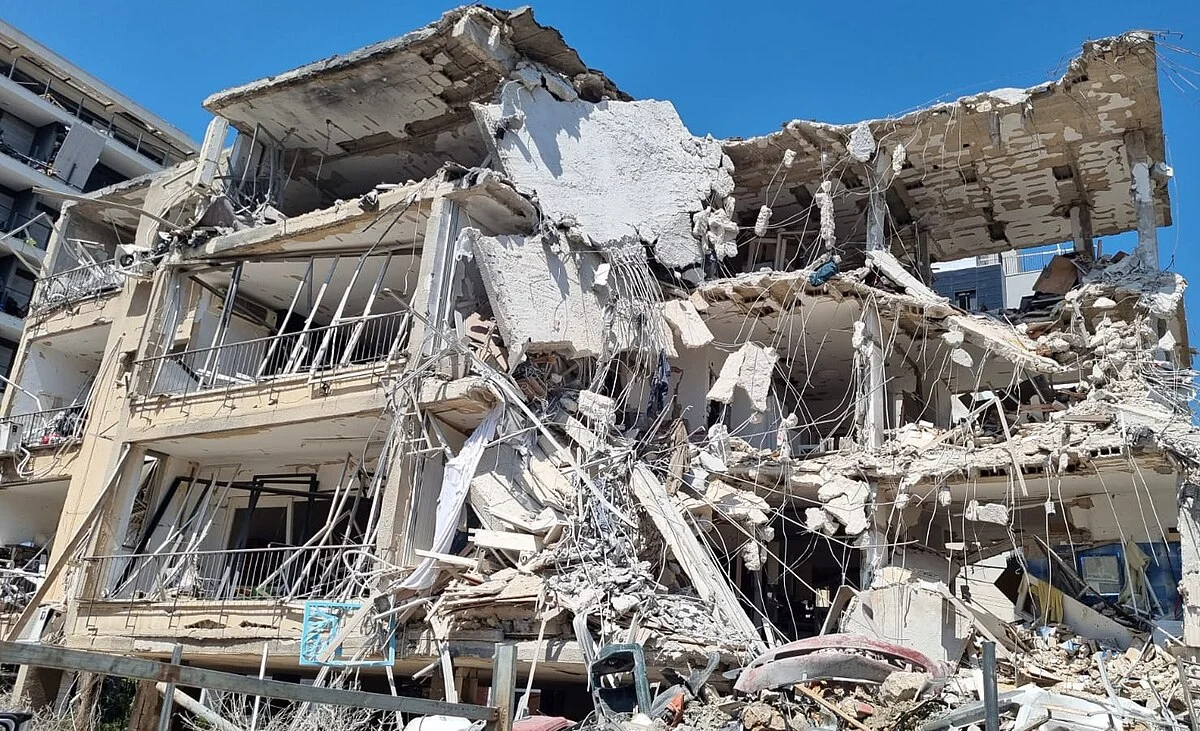
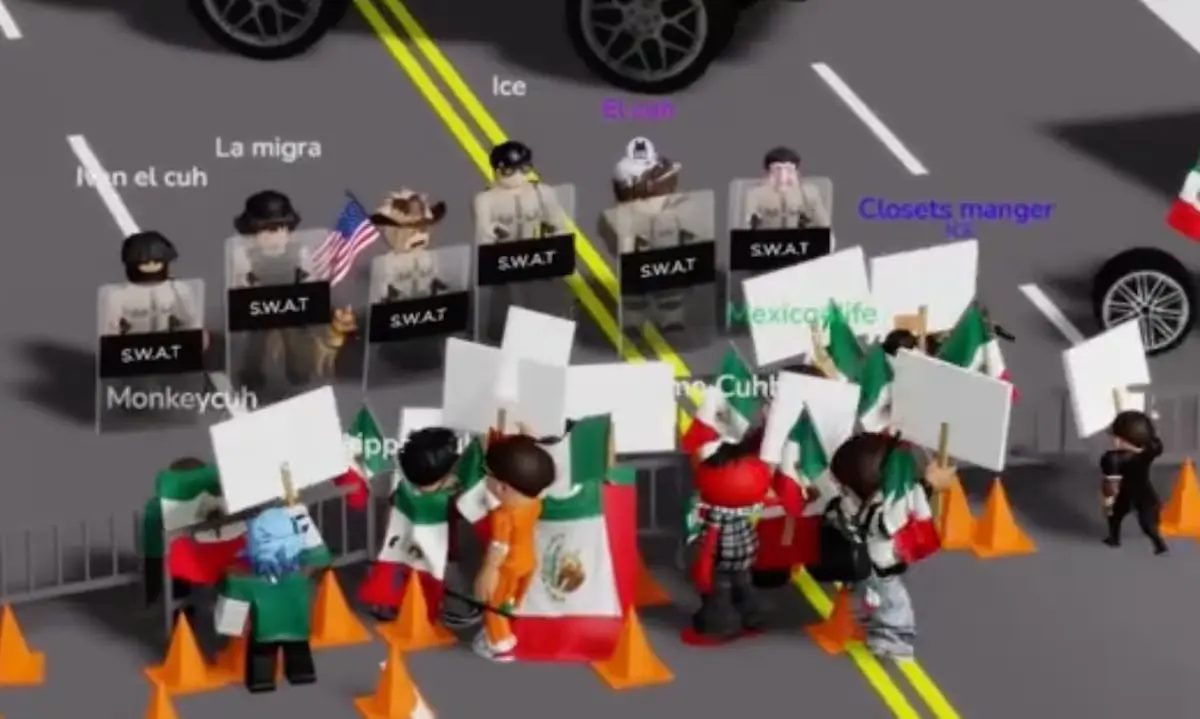




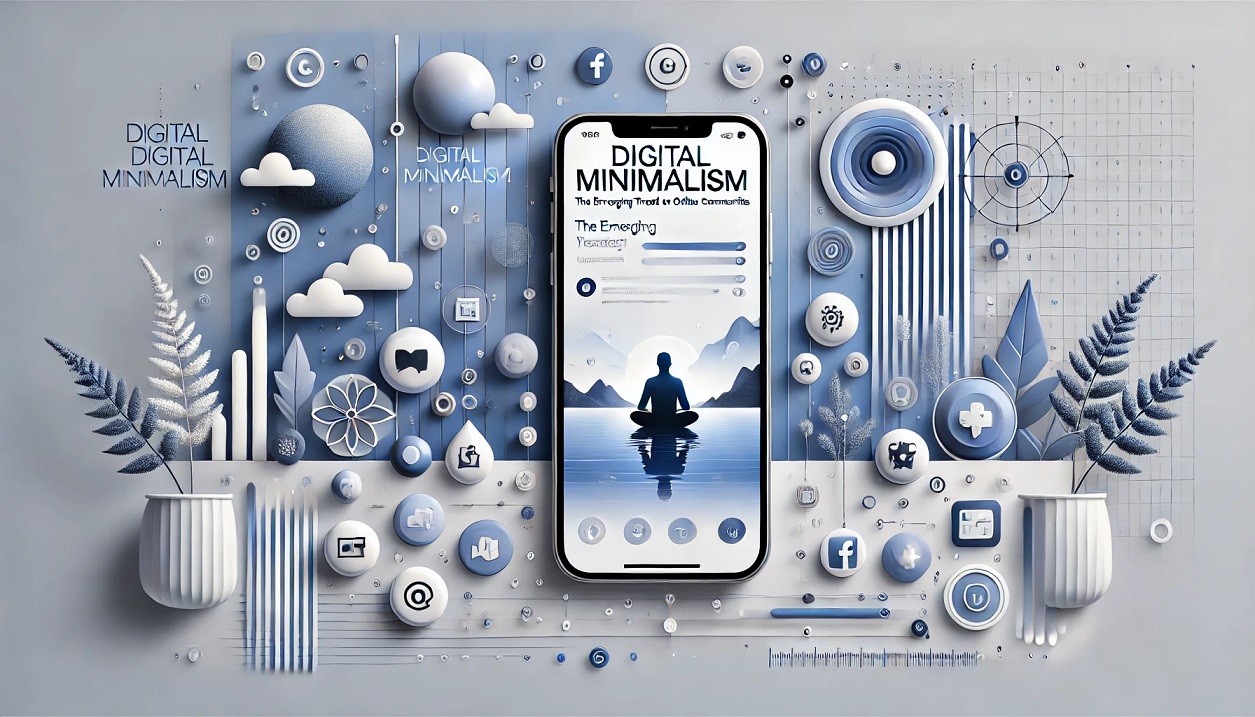
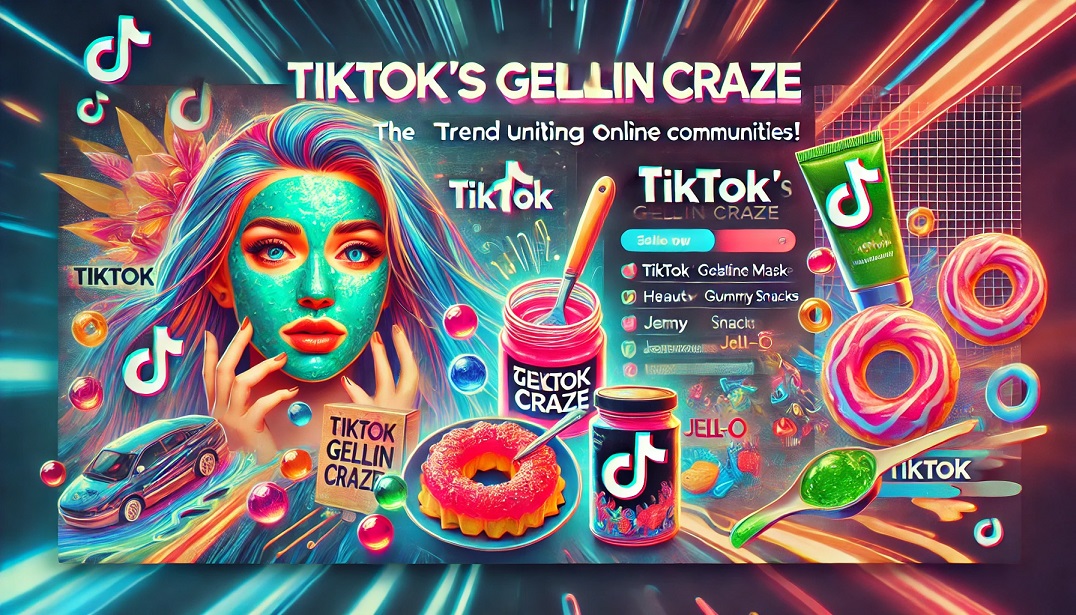
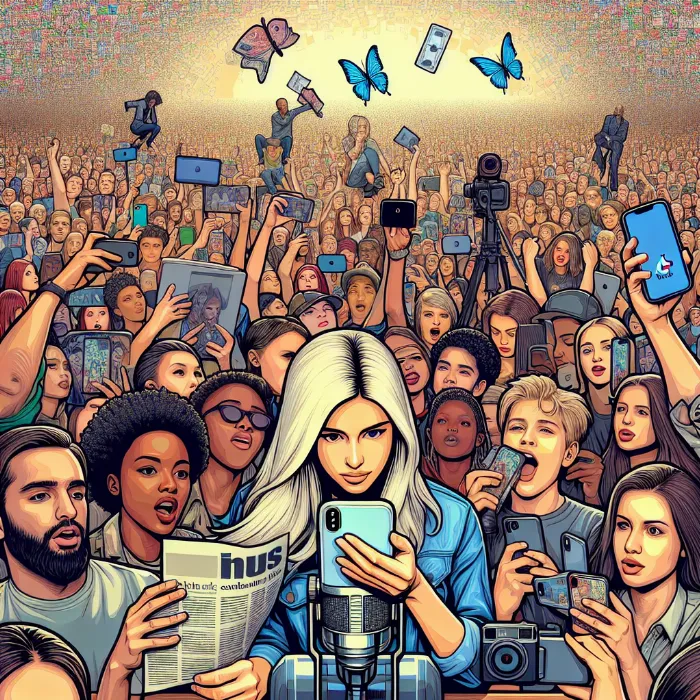
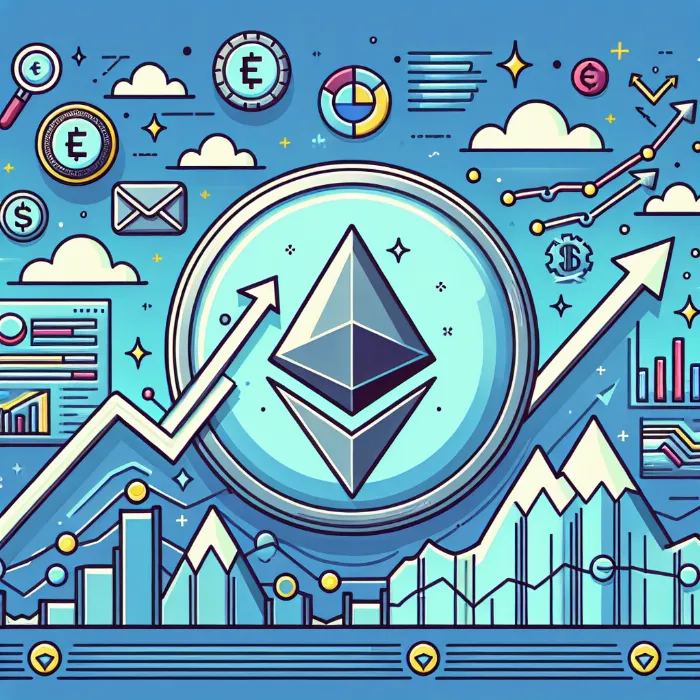
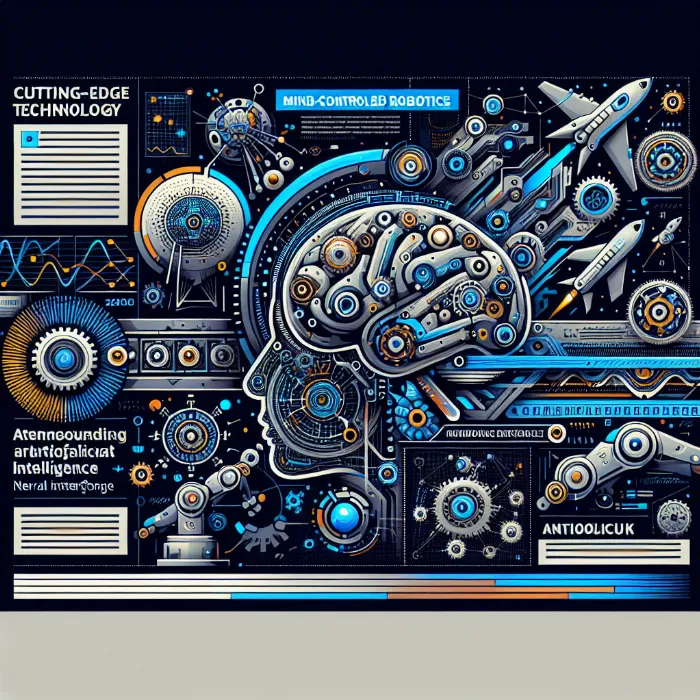

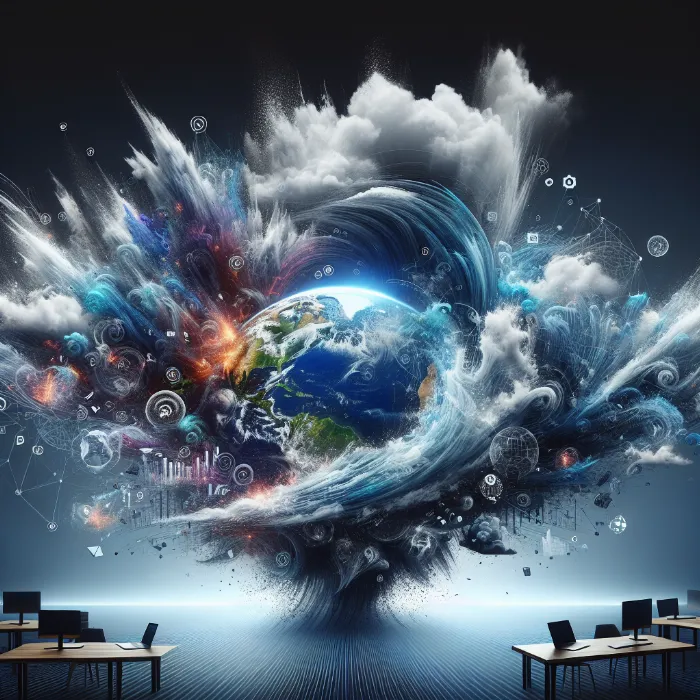


Comments 0